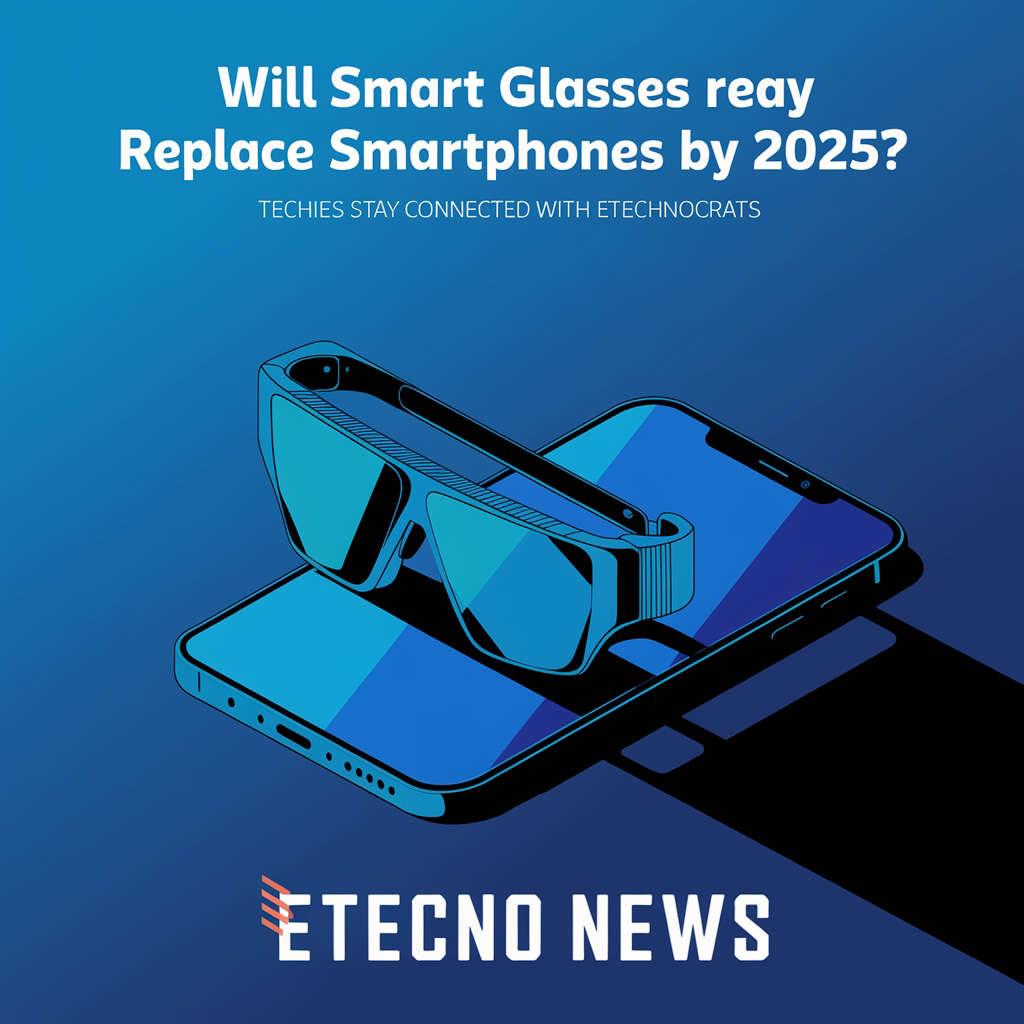Will Smart Glasses Replace Smartphones by 2025? Techies Stay Connected with eTechnocrats
In the ever-evolving landscape of technology, the year 2025 is poised to be a pivotal moment for wearable tech, particularly smart glasses. As these devices become more sophisticated, the question arises: Will smart glasses replace smartphones as the primary means of staying connected? This article delves into the current trends, technological advancements, and expert opinions to provide a comprehensive analysis of this potential shift.
The Rise of Smart Glasses
Smart glasses have come a long way since their inception. Initially seen as a niche product, they are now gaining mainstream acceptance due to significant improvements in design, functionality, and user experience. The latest models, such as the Meta Ray-Bans and Xreal One, offer features like augmented reality (AR), AI assistants, and seamless integration with smartphones.
Technological Advancements
One of the key factors driving the adoption of smart glasses is the advancement in display technology. Prism systems and waveguide systems are making it possible to project images directly into the user's field of vision without obstructing their view. Additionally, AI agents embedded in these glasses are becoming more capable, offering real-time information and assistance, which enhances their utility in everyday life.
Market Trends
The market for smart glasses is expanding rapidly. According to recent reports, the demand for these devices is expected to grow significantly in 2025. This growth is fueled by both consumer interest and increased investment from tech giants like Meta, Google, and Apple. The integration of these glasses with existing smartphone ecosystems is also making them more appealing to tech-savvy users who value connectivity and convenience.
Expert Opinions
Experts in the field are optimistic about the future of smart glasses. They believe that as these devices become more integrated with other smart technologies, they will offer a more seamless and immersive experience than smartphones. The ability to overlay digital information onto the real world through AR is seen as a game-changer, potentially transforming how we interact with our environment and each other.
Challenges and Considerations
Despite the promising outlook, there are challenges that need to be addressed. Privacy concerns, battery life, and the need for robust software ecosystems are some of the hurdles that smart glasses must overcome to achieve widespread adoption. Additionally, the transition from smartphones to smart glasses will require a shift in user behavior and expectations, which may take time.
Conclusion
As we look towards 2025, it is clear that smart glasses have the potential to revolutionize how we stay connected. While they may not completely replace smartphones in the near future, their growing capabilities and market presence suggest that they will play an increasingly important role in our digital lives. For techies looking to stay ahead of the curve, keeping an eye on developments in smart glasses and engaging with eTechnocrats will be crucial in navigating this exciting new frontier.



Comments
Post a Comment